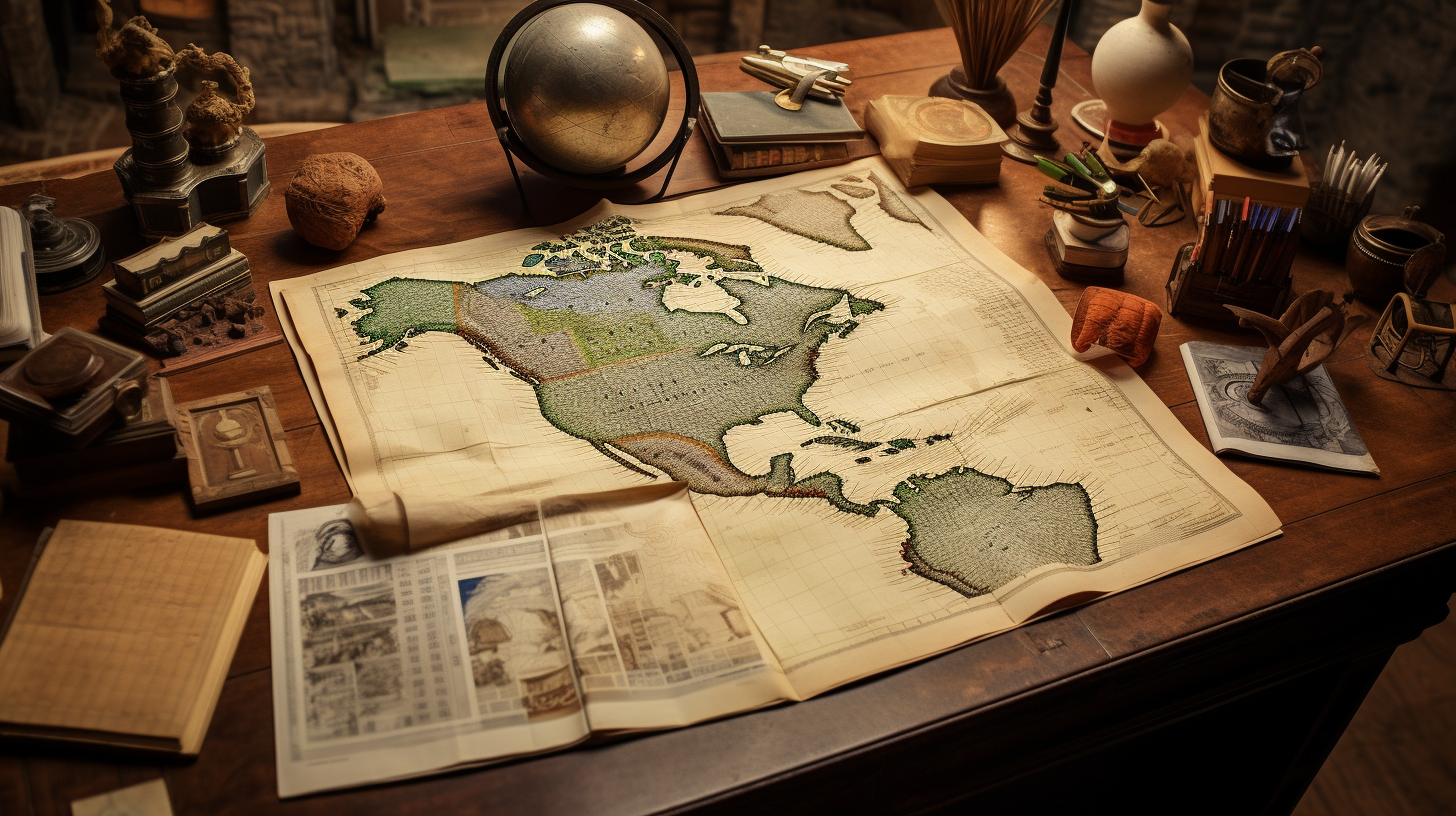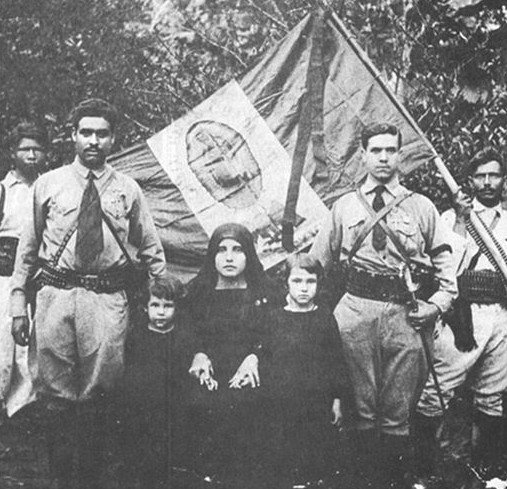
Articles

Mexican States
Southwest United States
Heritage and Governance
The Brutal Reign of Nuño Beltrán de Guzmán
Nuño Beltrán de Guzmán served as the Governor of the provinces of Pánuco and Nueva Galicia a decade after Cortés had destroyed the Aztec Empire. As a conqueror, he succeeded in bringing a vast new territory under the domain of the Spanish Empire. However, as an administrator, Nuño de Guzmán terrorized both Spaniards and Indigenous people who stood in his way. Eventually, his slave-trading activities brought an end to his reign of terror.
Spanish Immigration to Mexico
From 1521 to 1821, Mexico was a colony of Spain. During this period, hundreds of thousands of Spaniards crossed the Atlantic to begin new lives in the Americas. But the newly independent nation of Mexico – bitter from three centuries of sometimes oppressive colonial rule – enacted legislation to ban and expel many Spanish immigrants. However, relations between Spain and Mexico improved after Spain recognized Mexico’s independence (1836). Recognizing the similarities of their linguistic and cultural heritage, millions of Spaniards would make their way (or flee) to Mexico during the next century-and- a-half.
The Cristero Rebellion: Its Origins and Aftermath
The Cristero Rebellion – also known as La Cristiada – was a popular uprising in 1926-29 of Catholic peasants in the central-western Mexican states against the secularist, anti-Catholic and anti-clerical policies of the Mexican government under President Plutarco Elías Calles. The rebellion took place in response to the imposition of the Calles Law which strictly enforced the secularist and anticlerical articles of the 1917 Constitution of Mexico.
The Mexican Revolution and its aftermath 1910-1929
Porfirio Díaz (1830-1913) ̶a native of Oaxaca came to power in 1876 and essentially ruled the country until 1911. He was responsible for economic growth, industrialization and enhanced foreign investment, but had little regard for human rights. Diaz’s rule was both harsh and arbitrary. Much of Mexico’s economic system during his rule revolved around the hacienda system.
Mexico: Confrontation Between Church and State
The Cristero Rebellion affected the lives of many Mexicans. Many Mexican-American families still talk of it today. This work discusses the ideologies of the two combatants: The Mexican Government and the Catholic Church. The battles are not discussed here, but the beginning and end of the conflict are discussed as viewed by the American press.
Mexican Politics: Part 3 (1846 to 1876)
For nearly a decade, Texas existed as an independent republic, but in 1845, the young republic joined the United States as the 28th state. When James K. Polk became the President of the U.S. in 1845, he had his eyes on California, New Mexico and the rest of what is today the U.S. Southwest. When his offer to purchase those lands was rejected by Mexico, he instigated a fight by moving troops into a disputed zone between the Rio Grande and Nueces River that both countries had previously recognized as part of the Mexican state of Coahuila.
Mexican Politics: Part 2 (1822 to 1855)
With independence, the former Spanish colonies of Nueva España, Nueva Galicia and Nueva Vizcaya became the “United Mexican States.” The name Mexico was taken from the capital city of Mexico City, formerly Tenochtitlán, named for the dominant Aztec tribe, the Mexica. Iturbide was named President of the Provisional Governing Junta, which set about the task of finding a member of a European royal family to take the throne of Mexico. He served as president from Sept. 1821 to May 1822. Eventually, thanks to his overwhelming support from the elites and his role in Mexico’s independence, Iturbide was appointed First Constitutional Emperor of Mexico on May 19, 1822.
Mexican Politics: Part 1 (The Struggle for Independence)
At the beginning of the Nineteenth Century, Mexico was a colony of Spain, a European nation located approximately 5,500 miles (8,850 kilometers) from its Gulf Coast shoreline. In 1810, the Spanish Empire consisted of 13.7 million square kilometers (5.3 million square miles) and occupied 9.2% of the world’s land area, most of which was in the Americas. Spain had the fifth largest empire in world history.
A Century of Turmoil: Mexico’s Social and Political Process
The Spanish Empire got off to a bad start at the beginning of the Nineteenth Century. In addition to her Caribbean, Central American, and Mexican possessions, Spain had gained possession of France’s extensive Louisiana territory in 1769. However, in 1800, Emperor Napoleon of France forced Spain to return Louisiana to France by the Treaty of San Ildefonso. Three years later, France sold Louisiana to the United States.
Indigenous Morelos: The Land of the Emiliano Zapata
Morelos is a land-locked state located in south central Mexico and is surrounded by the States of México (on the west and northeast), Puebla (on the east), Guerrero (on the south), and the Distrito Federal (on the north). As the third smallest federal entity in the Mexican Republic (after Distrito Federal and Tlaxcala), Morelos is made up of 4,879 square kilometers (1,884 square miles), representing 0.2% of the national territory.

Article Categories
- Aguascalientes 14
- Arizona 4
- Baja California 5
- Baja California Sur 2
- California 19
- Campeche 4
- Census 36
- Chiapas 3
- Chihuahua 11
- Coahuila 7
- Colima 1
- Conquistador Chronicles 2
- Durango 2
- Ethnic Identity 40
- Genealogy 35
- Guanajuato 8
- Guerrero 8
- Hidalgo 2
- Indigenous Insights 97
- Jalisco 25
- Mexico City 11
- Michoacan 7
- Morelos 4
- Nayarit 3
- New Mexico 4
- Nuevo Leon 7
- Oaxaca 6
- Politics 10
- Puebla 5
- Queretaro 1
- Quintana Roo 4
- San Luis Potosi 11
- Sinaloa 6
- Sonora 16
- Southwest US 26
- State of Mexico 5
- Tabasco 3
- Tamaulipas 11
- Texas 7
- Tlaxcala 7
- Veracruz 6
- Yucatan 6
- Zacatecas 13











